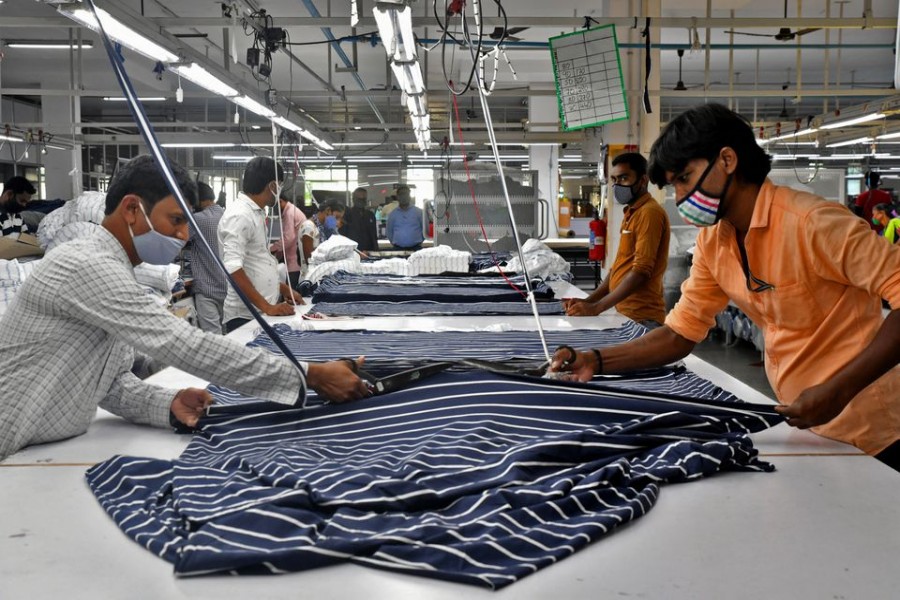India likely recorded strong double-digit economic growth in the last quarter but economists polled by Reuters expected the pace to more than halve this quarter and slow further toward the end of the year as interest rates rise.
Asia's third-largest economy is grappling with persistently high unemployment and inflation, which has been running above the top of the Reserve Bank of India's tolerance band all year and is set to do so for the rest of 2022.
Growth this quarter is predicted to slow sharply to an annual 6.2 per cent from a median forecast of 15.2 per cent in Q2, supported mainly by statistical comparisons with a year ago rather than new momentum, before decelerating further to 4.5 per cent in October-December.
The median expectation for 2022 growth was 7.2 per cent, according to an Aug 22-26 Reuters poll, but economists said that the solid growth rate masks how rapidly the economy was expected to slow in coming months.
"Even as India remains the fastest-growing major economy, domestic consumption will perhaps not be strong enough to drive growth further as unemployment remains high and real wages are at a record low level," said Kunal Kundu, India economist at Societe Generale.
"By supporting growth through investment, the government has only fired on one engine while forgetting about the impetus which domestic consumption provides. This is why India's growth is still below its pre-pandemic trend."
The economy has not grown fast enough to accommodate some 12 million people joining the labour force each year.
Meanwhile the RBI, a relative laggard in the global tightening cycle, is set to raise its key repo rate by another 60 basis points by the end of March to try to bring inflation within the tolerance limit.
That follows three interest rate rises this year totalling 140 basis points, and would take the repo rate to 6.00 per cent by end-Q1 2023.
While the central bank's mandated target band is 2 per cent-6 per cent, inflation was expected to average 6.9 per cent and 6.2 per cent this quarter and next, respectively, before falling just below the top end of the range to 5.8 per cent in Q1 2023. That is roughly in line with the central bank's projection.
"Despite signs of a cool-off in price pressures ... it is premature to go easy on the inflation fight given considerable uncertainties from geopolitical risks and hard landing risks in major economies," said Radhika Rao, senior economist at DBS.
The economy is also enduring inflation pressure from a weak rupee, which for months has been trading close to 80 to the US dollar, a level the central bank has been defending in currency markets by selling dollar reserves.
The latest Reuters poll also showed India's current account deficit swelling to 3.1 per cent of gross domestic product this year, the highest in at least a decade, which may put further pressure on the currency.


